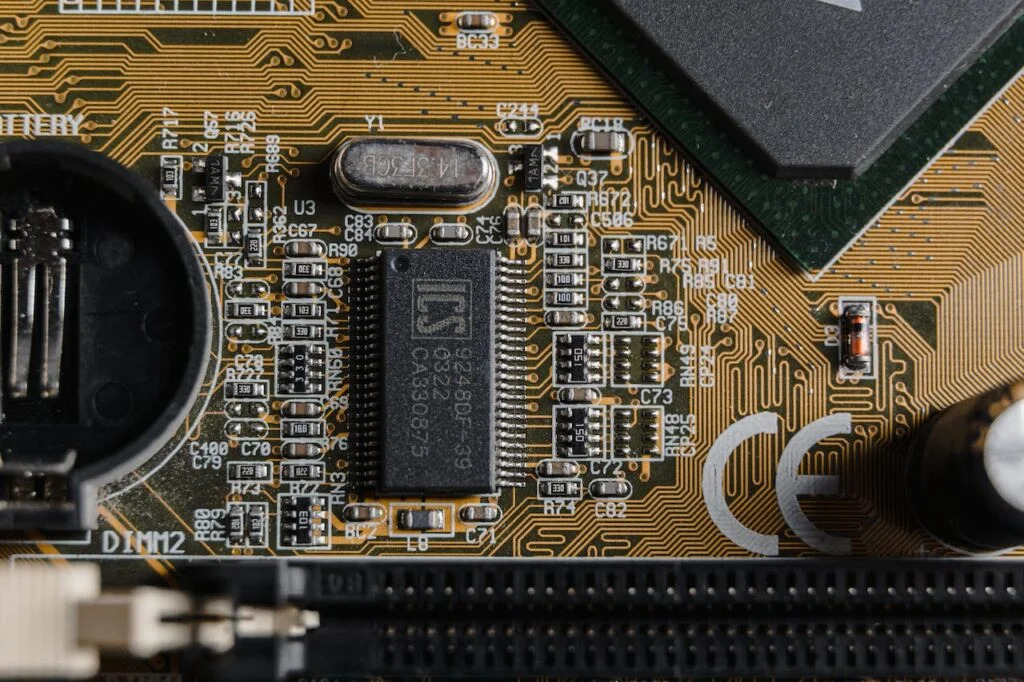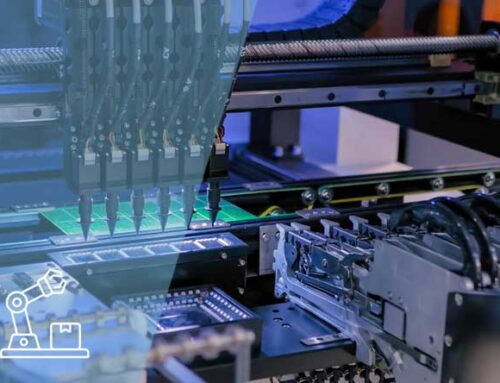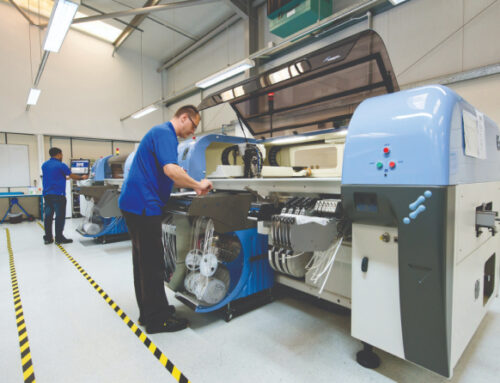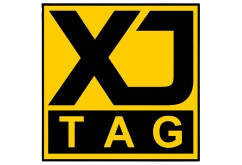Counterfeit Avoidance Strategies in Electronic Engineering and Manufacturing

In the rapidly evolving electronic engineering and manufacturing industry, innovation is paramount. It is the driving force that has revolutionised the engineering field and tightened competition throughout the sector.
However, due to this fierce competition, engineers and businesses need to be careful in choosing quality components that meet their needs. They should also look to raise the standard of quality checks in their production system to ensure nothing is at fault or below the expected quality.
At Bela Electronics, we know that with progress comes challenges. With increased supply and demand comes the opportunity of counterfeit parts, a lurking menace that threatens the very foundation of these technological advancements.
This blog will outline the risks posed by counterfeit components, highlighting their potential impact and the need for awareness. More importantly, we will also outline robust strategies being implemented to safeguard electronic engineering projects from their detrimental effects.
Understanding the risks of counterfeit components
The prevalence of counterfeit components has surged. This surge has made it a serious obstacle to the progress in engineering and manufacturing, posing a new and difficult challenge to electronic engineers, procurement professionals, and quality assurance specialists alike.
One of the main issues is that new counterfeit components in this era of innovation are harder to distinguish from genuine parts at first glance. This makes them a real and formidable threat to even the most trusted supply chains.
These counterfeits encompass various products, from microchips and integrated circuits to passive components like resistors and capacitors.
Our Counterfeit Avoidance policy at Bela Electronics ensures that we protect our clients from counterfeit products. We guarantee high-quality components inspected and verified by our quality control inspectors, taking the proper time necessary process to identify any possible threats to our supply chain.














